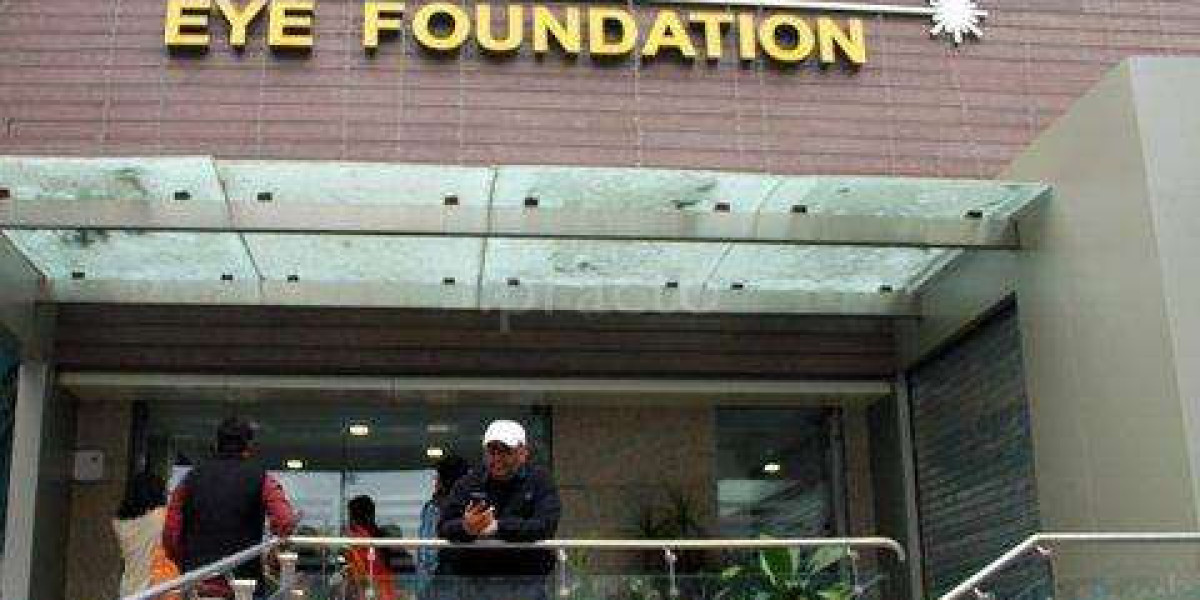Bharti Eye Foundation is at the forefront of addressing this issue and providing solutions. In this article, we will delve into the intricacies of eye squint and understand the role of Bharti Eye Foundation in treating it.
Causes of Eye Squint
Genetics
One of the leading causes of eye squint is genetics. If a family member has had this condition, it increases the likelihood of it being passed down to the next generation.
Nervous System Disorders
Nervous system disorders can also contribute to eye squint. Conditions like cerebral palsy or stroke can affect the control of eye muscles, leading to misalignment.
Refractive Errors
Refractive errors, such as farsightedness or nearsightedness, can also cause squints. When the eyes struggle to focus, they may align improperly.
Symptoms of Eye Squint
Misaligned Eyes
The most apparent symptom of eye squint is the misalignment of the eyes. It can be noticeable when one eye points straight ahead while the other points inwards, outwards, upwards, or downwards.
Double Vision
Double vision occurs when the brain receives two different images from each eye. This can be distressing and uncomfortable for the affected individual.
Headaches
The strain on eye muscles due to squinting can lead to frequent headaches, especially when trying to focus on objects.
Diagnosis and Treatment
Early diagnosis is crucial for effective treatment. Bharti Eye Foundation offers comprehensive eye exams to detect eye squint. Based on the diagnosis, the following treatment options may be considered:
Eyeglasses and Contact Lenses
For cases caused by refractive errors, eyeglasses or contact lenses can help correct the alignment of the eyes.
Eye Muscle Surgery
In severe cases, eye muscle surgery may be recommended. This surgery aims to reposition the eye muscles to allow the eyes to align properly.
Prevention and Lifestyle Tips
Protecting Your Child's Vision
Regular eye checkups for children can help identify eye squint at an early stage, making it easier to treat.
Regular Eye Checkups
For adults, regular eye checkups are essential to detect and address any eye issues promptly.
Living with Eye Squint
Living with eye squint can be challenging, but there are coping strategies that can help individuals manage the condition. Support groups also provide a space for sharing experiences and seeking emotional support.
Conclusion
eye squint, while concerning, is a condition that can be effectively managed and treated, thanks to the expertise and services provided by Bharti Eye Foundation. Early diagnosis, lifestyle modifications, and the support of eye care professionals can make a significant difference in the lives of those affected by this condition.
Frequently Asked Questions (FAQs)
Is eye squint a common condition?
- Eye squint is relatively common, especially in children, but it can occur in individuals of all ages.
Can eye squint be treated without surgery?
- Yes, in some cases, eyeglasses or contact lenses may be sufficient to correct the alignment of the eyes.
Is eye squint painful?
- Eye squint itself is not painful, but it can lead to discomfort and headaches due to eye strain.
At what age should I have my child's eyes checked for squint?
- Children should have their first eye examination around the age of 6 months. However, if you notice any signs of squint before this, consult a pediatric ophthalmologist.
For more information contact here
- [email protected]
- 011-35577127 / 011-43584748
- 9205333457 Whatsapp For Any Query
Naijamatta is a social networking site,
download Naijamatta from Google play store or visit www.naijamatta.com to register. You can post, comment, do voice and video call, join and open group, go live etc. Join Naijamatta family, the Green app.
Click To Download


